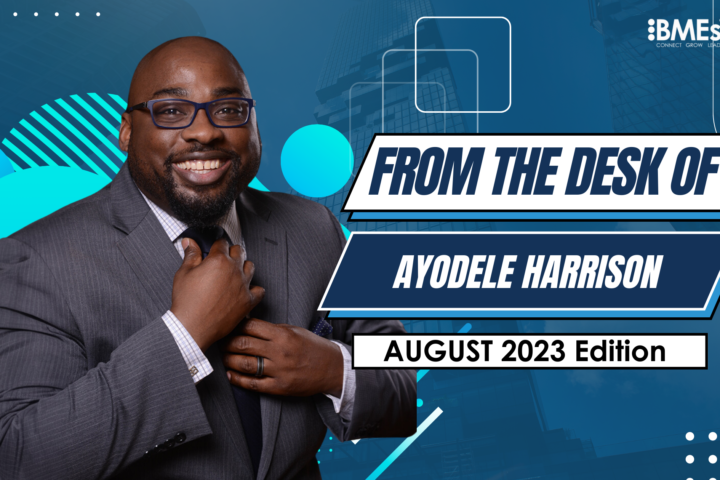People often think storytelling is limited to authors and filmmakers. But whether you’re speaking to a classroom or pitching to a client, it’s important to engage your audience to ensure your message resonates.
No matter the context of the story, the goal is always to share something in hopes that it will motivate them to action. Furthermore, humans tend to learn, retain, and participate more when the experience is engaging.
Stories have been told for millennia, reflecting personal experiences, identities, cultures, and feelings to persuade, inform, influence, and motivate. As a Black Male Educator (BME), it’s crucial to harness the power of storytelling to inspire, connect, and motivate your students.
What Makes a Good Storyteller?
Successful communicators are storytellers at their core. They know how to employ well-crafted stories that capture the attention of the audience.
Done well, stories can make us cry, laugh, feel scared, become angry, think about a topic, and dream big. We empathize with the characters, seek solutions, and join in the journey of discovery and exploration.
To be an influential communicator, you need to know how to balance words, images, gestures, and sounds to engage the audience and get them invested in the outcome.
Here are some tips to improve your storytelling skills:
Make It Personal
When people are struggling to grasp a concept or dealing with an emotionally charged situation, sharing a story about your past and experiences can be helpful. This shows them that you understand what they’re going through and can offer some ideas and inspiration to help them solve their own problems.
For BMEs, personal storytelling is even more valuable. Having BMEs in the classroom is important for Black male students, and Black students overall, shaping the experience they have throughout school and showing them that their dreams are possible.
If you’re asking something of someone, they have to care about you or what you’re asking of them. With students, getting them to engage and care about their education or learning experience can be challenging.
Engage the Emotions
Storytelling skills can help students become engaged and motivated, especially when the stories are interactive. Bring the students into the storytelling process by having them repeat lines and act out different parts, or make the experience more immersive with music or visuals.
Stay on Point
The difference between bland storytelling and engaging storytelling is that the latter has a payoff for the listeners. The former is merely interesting to the storyteller, and likely no one else.
If you’re only focused on the “what” of the story, you’re losing the central message. Keep the “why” in mind, and make sure there’s a central point or message for your audience that becomes clear by the end of the story.
Storytelling Is a Powerful Tool for BMEs
The art of storytelling transcends entertainment into the classroom. For BMEs, storytelling can be used to connect with and motivate students, showing them who you truly are – not just what the world thinks you are.


